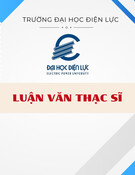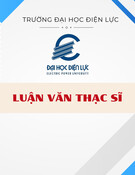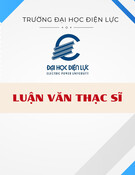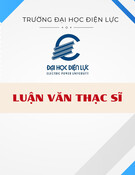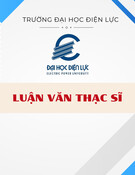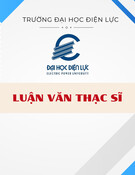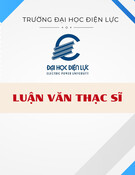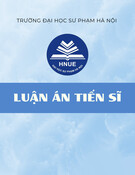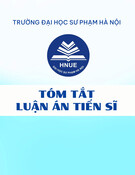
iv
3.2.2 Dynamic Capabilities .......................................................................................... 37
3.2.3 Agglomeration Theory ........................................................................................ 40
3.3 The Emergence of Innovation and Innovation Capability Studies ............................ 42
3.4 Conceptual Definition of Innovation Capability ........................................................ 46
3.5 Firm Performance ....................................................................................................... 47
3.6 Intellectual Capital ..................................................................................................... 49
3.6.1. Human Capital .................................................................................................... 52
3.6.2 Social Capital ....................................................................................................... 53
3.6.3 Organisational Capital ......................................................................................... 54
3.4 Learning Capability .................................................................................................... 55
3.5 Technological Orientation .......................................................................................... 59
3.6 Innovative Milieu ....................................................................................................... 61
3.7 The Conceptual Model and Hypotheses..................................................................... 67
3.7.1 Intellectual Capital, Innovation Capability and Firm Performance ..................... 67
3.7.2 Organisational Learning Capability, Innovation Capability and Firm Performance
........................................................................................................................ 69
3.7.3 Technology Orientation, Innovation Capability, and Firm Performance ............ 72
3.7.4 Innovative Milieu, Innovation Capability and Firm Performance ...................... 74
3.7.5 Firm Innovation Capability and Firm Performance ............................................ 75
3.8 Concluding Remarks .................................................................................................. 77
CHAPTER 4: RESEARCH METHODOLOGY ................................................................. 78
4.1 Introduction ................................................................................................................ 78
4.2 Research Paradigms and Research Design................................................................. 78
4.3 Research Methods ...................................................................................................... 81
4.3.1 Questionnaire Design .......................................................................................... 82
4.3.2 Sampling and Survey Data Collection................................................................. 83
4.4 Measurement Scales ................................................................................................... 83
4.4.1 Measurements of Innovation Capability.............................................................. 84
4.4.2 Measures of Intellectual Capital .......................................................................... 85
4.4.3 Measures of Learning Capability ........................................................................ 86
4.4.4 Measures of Technological Orientation .............................................................. 88
4.4.5 Measures of Innovative Milieu ............................................................................ 89
4.4.6 Measures of Firm Performance ........................................................................... 90
4.5 Data Analysis Procedures .......................................................................................... 91






